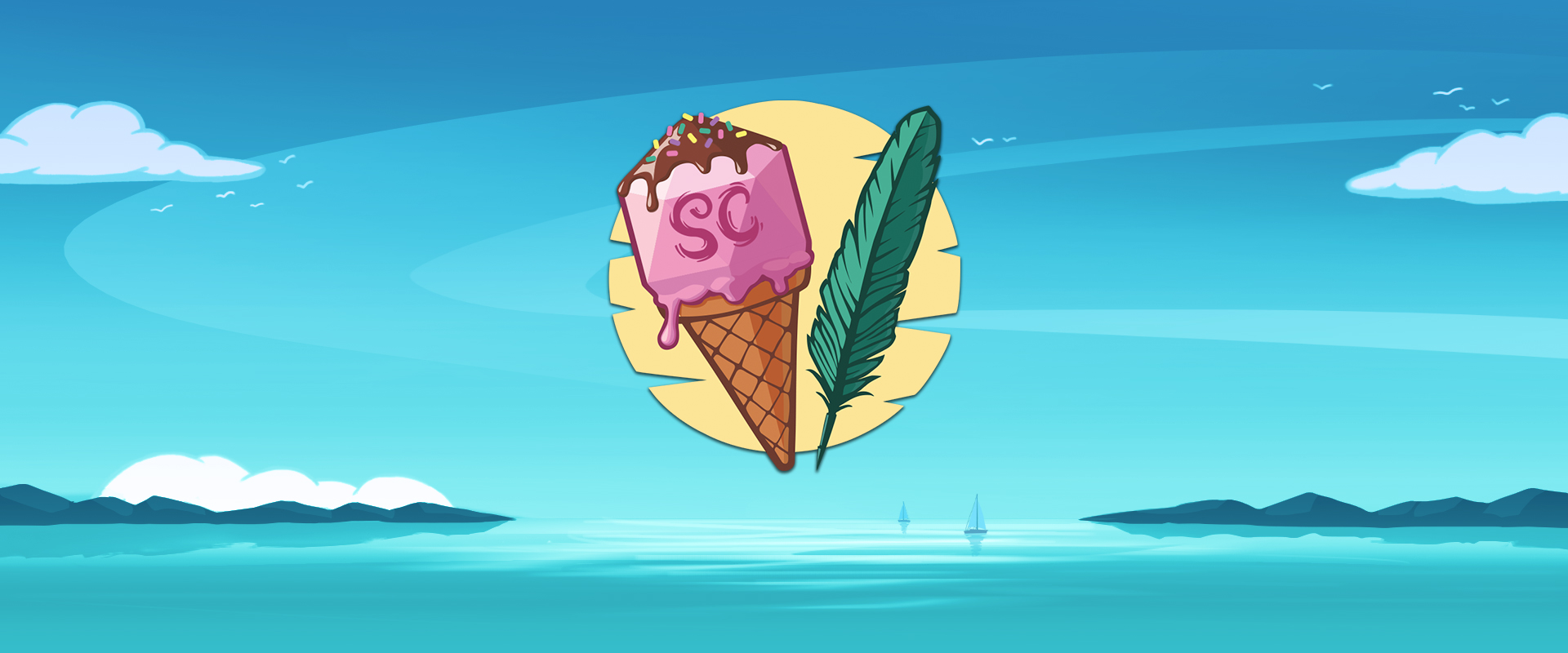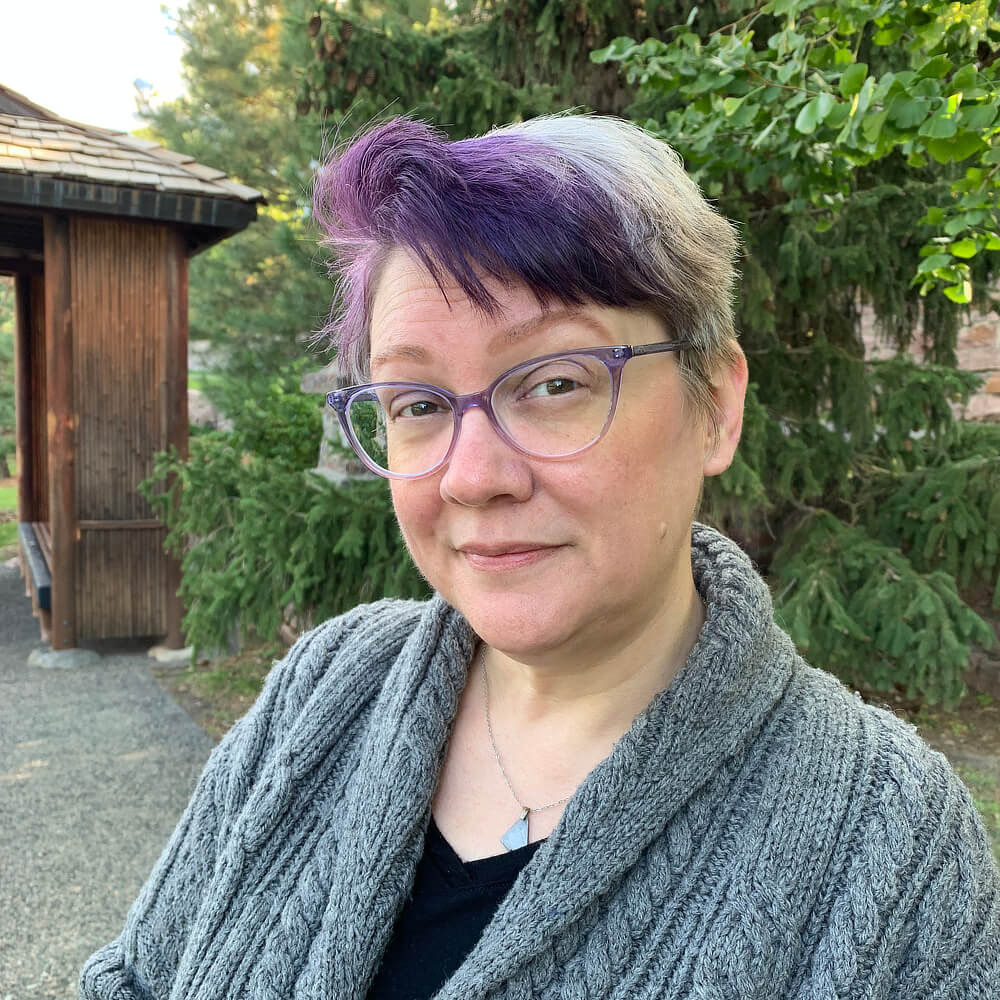The One About the Four Helmsmen
“The One About the Four Helmsmen” is an apocalyptic tale told by the Wemu of Ni Hüre Lena. Centered around the acolytes of an earth diety called Aiki I, the story recounts the past exploits of the eponymous Helmsmen and predicts a third and final “end of all things.”
Summary
Prelude
In the beginning, there was naught but a vast emptiness and four gods to fill it. They were young gods then, and not sure where to begin, so there was a great deal of hemming and hawing at first. Then Mira, the goddess of water, stepped forward and poured herself into the void. And thus, the oceans were made.
Aiki I stepped forward next. Then he tore himself apart, piece by piece, and he set those pieces of himself atop the oceans. Thus were born the great continents of the world.
Then came Phina, the goddess of fire. Unsure where someone as destructive as she might fit into this new, beautiful world, Phina tried to drown herself in the depths of the great ocean. And yet, though the oceans were powerful enough to snuff out most of Phina’s flames, there were places where these divine conflagrations could not be stopped—places where great mountains of fire rose up from the waves. And so, the islands of the world were born.
Aiki I, angry that Phina had made land of her own, threw a piece of himself up out of the ocean—a piece which became the moon. Phina, frustrated by Aiki I’s jealousy, threw a piece of her self out of the ocean—a piece which became the sun. And then Mira, annoyed that the other two had brought chaos to her peaceful oceans, sent parts of herself upward to try and destroy the other two—to try and bring order back to the world.
Thus came the rains of the world.
The final god, Aiki Wawo, saw the fighting going on below, and sought to bring peace. And so, he enveloped the other three in his loving embrace and became the sky.
The First Coming of the Helmsmen
Ages and Ages passed. Life came to the world. And mostly, it was beautiful. But all the while, the gods bickered with one another. Secretly, Aiki I plotted his revenge. While he and the others quarreled over trivialities, Aiki I made plans to undo creation itself.
The peoples of the world had invented so many ways to make each other suffer, and Aiki I planned to use four of these to bring stillness and order back to the world: pestilence, war, famine, and death.
Using powerful magic, Aiki I gave these evil forces form and shape. Then he sent them out into the world on four ships, with a mission to attack the first people they found—a mission to send a message. And this was how the Four Helmsmen drove the first Wemu off course and onto the continent of Australia.
This was the first warning to stay put, to know one’s place and remain there. And if the halflings had simply heeded the warning, perhaps they could have avoided what came next.
The Second Coming
It is in a halfling’s nature, however, to move, to be curious, and to explore. Give them a brand new continent to investigate and how could they resist? So, they didn’t.
For ages upon ages, the halflings stranded on Australia explored the continent and lived in harmony with the Aboriginal peoples they found there. But then, in the year 437 CE, the acolytes of Aiki I struck again. They pulled their boats ashore on the northern coast and one by one, they ravaged the halflings and their Aboriginal neighbors. A misunderstanding about pestilence brought war, war brought famine, and famine brought death.
And then, just to prove he wasn’t kidding around this time, Aiki I unmade the world.
The Third Coming
In Eden, in the age after the calamity which destroyed their world, the Wemu of Ni Hüre Lena found themselves reunited with their long-lost halfling cousins. And in the years that followed the Wemu did their best to preach the gospel of stillness and stasis to their cousins, as well as to the countless other peoples—elves, dwarves, kíndallans, and more—that shared this new postapocalyptic paradise with them.
Some listened. Most did not.
That said, to this day the Wemu believe that the Four Helmsmen will eventually come to the shores of Eden to enact Aiki I’s vengeance—and that only by embracing the ways of the Wemu can the people be spared.
Historical Basis
While some of the events of the “Second Coming” are based in verifiable fact (see the article on Ni Hüre Lena for further details), the involvement of any kind of physical “Four Helmsmen” remains unconfirmed. Additionally, the reasons for the halflings arrival in Australia are lost to history. Attributing those events to the so-called Helmsmen appears to have been an invention of the Wemu.
Frighteningly, belief in the story of the Helmsmen or versions of the same has led to the emergence of an Egregore version of the Helmsmen calling themselves the Four Horsemen. Though not nearly as powerful as the Helmsmen of the original myth, they are a sinister force in Eden who are not to be trifled with.








Oh man, are those poor halflings creating their own destructive gods with their belief? Someone should sing them a song called" "Do Stop Believin'"!
Learn about the World of Wizard's Peak.
Hahaha, I wonder if I can work that in somewhere.